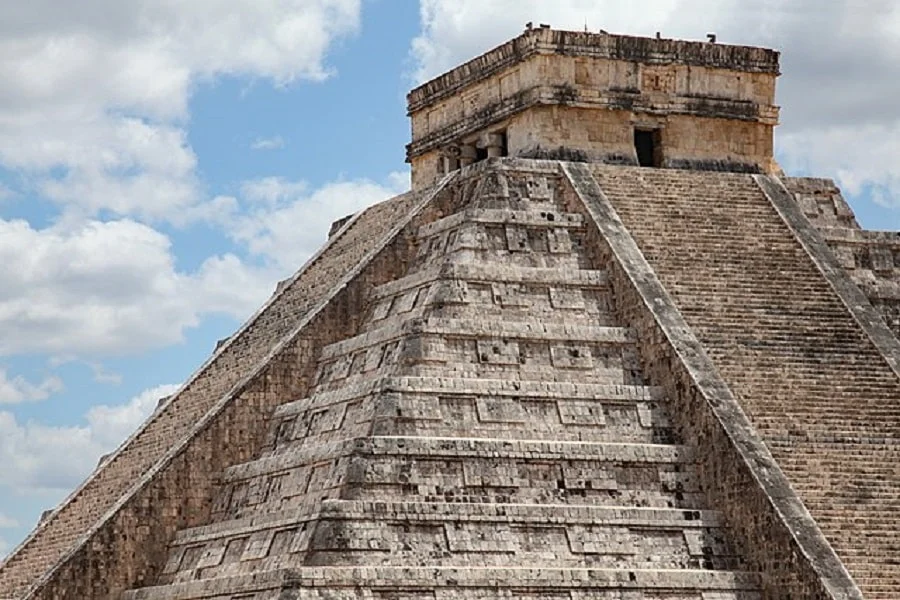Pyramids in Ancient America: Uncovering the Rich Cultural Heritage of Indigenous Tribes
When we think of pyramids, our minds often drift towards the iconic structures of ancient Egypt. However, what many do not realize is that pyramids also graced the landscape of the ancient Americas, built by indigenous tribes and families who inhabited these lands long before Columbus reached its shores.

In this blog post, we will dive into the fascinating world of pyramids in the ancient Americas and explore the diverse tribes and indigenous people who left an indelible mark on the history of these remarkable civilizations.
The Ancient Pyramid Builders
From the Olmecs and Mayans in Central America to the Aztecs in Mesoamerica, various civilizations across the ancient Americas crafted and erected pyramids as monumental structures. These pyramids served as religious centers, political symbols, and places for astronomical observations. One of the most recognizable pyramids is Chichen Itza's El Castillo in Mexico, a testament to the genius of early Mesoamerican architects and builders.
Ancient Maya: Enigmatic Pyramid Builders
The Maya civilization, known for its advanced writing system and astronomical knowledge, created magnificent pyramids within their city-states. Tikal, Palenque, and Uxmal stand as prime examples of their architectural prowess. The Mayan pyramids often had temples at the summit and were built in alignment with celestial events.
Aztecs: Power and Worship in the City of the Gods
The Aztecs, renowned for their grandeur and military might, built awe-inspiring structures, particularly in their capital city of Tenochtitlan. At the heart of this metropolis stood the Templo Mayor, a double-pyramid structure dedicated to the Aztec gods Huitzilopochtli and Tlaloc.

The Templo Mayor was considered the nucleus of the universe and was the site of extensive rituals and ceremonies.
Olmecs: The Precursors of Pyramid Building
Often regarded as the "mother culture" of Mesoamerica, the Olmec civilization emerged roughly 3,500 years ago. Although their pyramids were comparatively modest in scale, the Olmecs established the foundation for future Mesoamerican civilizations. San Lorenzo and La Venta are notable sites where their architectural skills are evident.
Other Indigenous Tribes and Peoples
Beyond the grand pyramids of the Maya, Aztecs, and Olmecs, numerous other diverse indigenous tribes across the Americas also constructed these awe-inspiring structures. For instance, the ancient city of Caral in Peru is home to one of the oldest pyramids in the Americas, predating the rise of the Inca Empire.
The Mississippian culture, flourishing during the Middle Ages, constructed pyramid-like earthen mounds across the southeastern United States as part of their ceremonial and cultural practices.
These mounds not only served as platforms for public rituals but also shed light on Native American social structures and religious beliefs.
The pyramids of the ancient Americas bear witness to the remarkable ingenuity and cultural achievements of the indigenous peoples who inhabited these lands long before Columbus's arrival. From the Maya to the Aztecs, and the Olmecs to various tribes spread across the continent, these structures were central to their spiritual, political, and social lives.
As we continue to unravel and learn more about the civilizations and tribes that thrived in the ancient Americas, let us acknowledge and celebrate their contributions – not only through their monumental pyramids but also through their rich cultures, advanced agricultural practices, and unwavering connection to the land they revered. By exploring these pre-Columbian societies, we can build a deeper appreciation for the tapestry of history that shaped the Americas we know today.



























